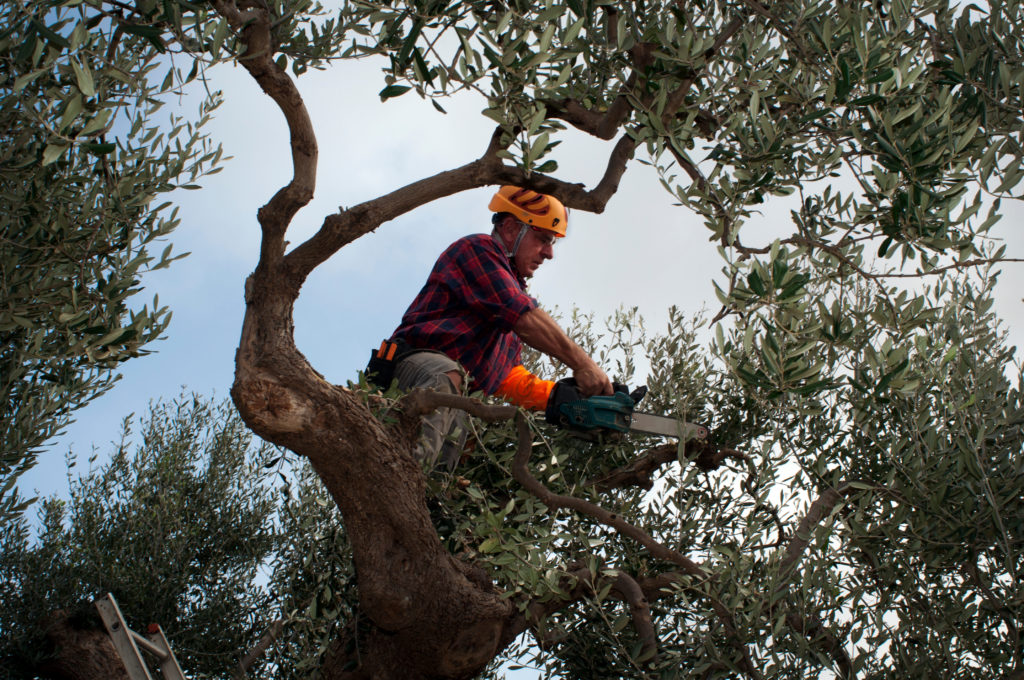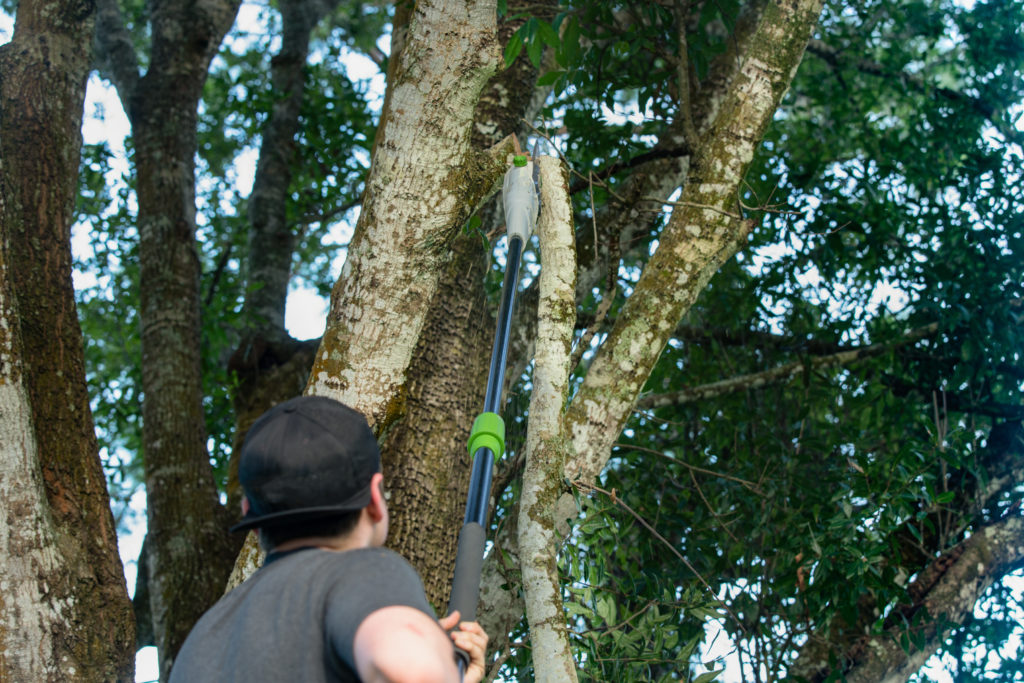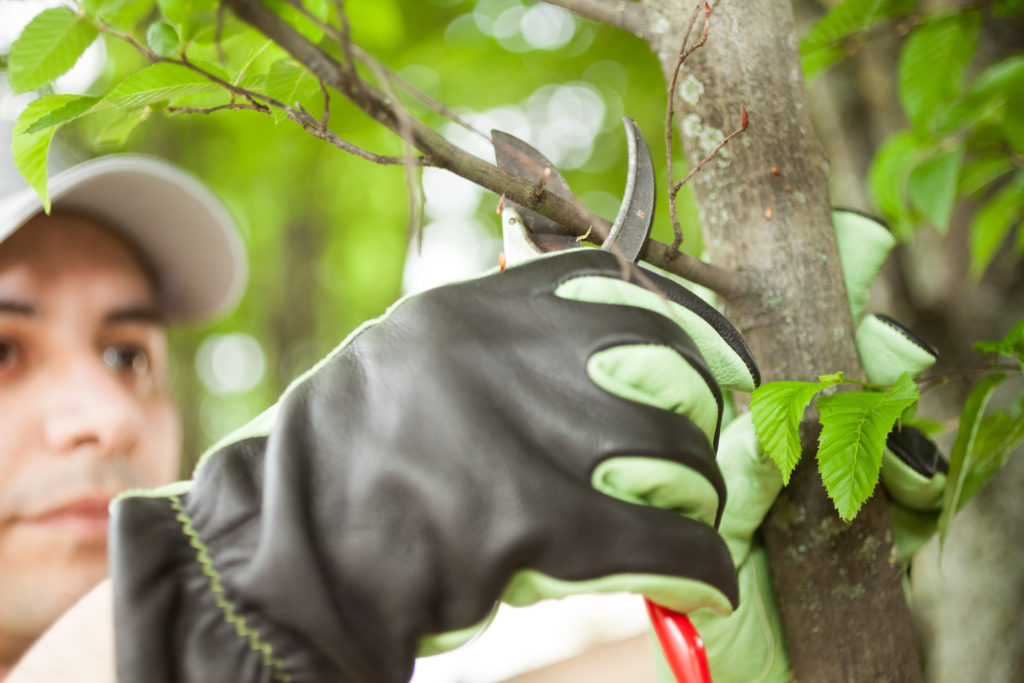Trees are essential to a perfectly-crafted and healthy garden. They can help stabilize soil health in your garden, reduce the presence of carbon dioxide around your home, maintain sufficient oxygen levels, and promote healthy air circulation. Trees also offer a natural shade against harmful sun rays so that you can read your collection of books in peace.
So, to maintain the trees in your area, take a quick look at your garden and do a simple tree inspection. Now, how are your trees? Are they growing too much or too dense? Do they have dead limbs or diseased branches? Are they unable to maintain their healthy appearance?
If these questions make you nod, your lovely trees might need minimal pruning to stabilize their health and restore their mesmerizing beauty. If you need help taking care of your trees, you may visit Canopy Tree Removal Southern Highlands or other professional tree care services in your area.
But before you ask for help, it’s best to understand tree pruning. And if that’s the case, you’re on the right page. In this home gardener’s guide, you’ll learn everything you need to know about tree pruning. Continue reading below to learn more.

What Is Tree Pruning?
Tree pruning involves removing different tree parts, including stems, branches, and limbs. It is done not only for style and aesthetics but also for promoting proper tree growth and development. It removes dead, broken, and diseased branches and stems, helps maintain a safe and healthy tree structure, and encourages fruit and foliage development. It is especially true when it comes to growing woody shrubs and trees in a healthy way.
Furthermore, tree pruning is one of the skills that you can explore and develop eventually. Don’t be afraid to try new things, and never think twice about consulting a helpful book to expand your knowledge endlessly.
What Should You Prune?
When it comes to tree pruning, less is more. Simply put, avoid pruning carelessly, and be sure to think before you cut. It might be easy to cut branches and stems continuously but not to reattach them. That is why it’s important to know what and what not to prune. That said, here are some conditions that often require tree pruning:
Broken, Diseased, Dying, And Dead Branches
If you see stems or branches that are broken, diseased, dying, or dead, make sure to prune all of them as soon as possible. Removing broken branches encourages the growth of new stems and ensures that the tree will not waste energy and nutrients on damaged ones. Ridding dying and dead branches help prevent the disease from spreading over the tree. Also, this will help trees focus on new growth.
Crossing Branches
If you see branches and stems crossing each other, prune them as soon as possible. Or, you may remove the limbs that may hurt other tree parts. Limbs growing across other branches may cause damage from which diseases and pests may originate.
Branches Growing Downward
In other cases, branches that grow downward may be a normal part of the growth and development of a tree. However, the problem occurs if those branches start reaching the ground. Why? Because this may expose the tree to various diseases, infections, and pests.
These branches will be less healthy and unproductive compared to others. Also, they can pose a risk to nearby structures and humans. That’s why it’s crucial to remove this immediately. Doing so will encourage positive growth and development on the upper part of the tree.
Branches Growing Inward
Aside from limbs that grow across other branches, those that grow inward may also collide and cause damage to other parts of the tree. Therefore, it’s best to remove them as soon as possible. Otherwise, the tree will be at higher risk of rot and other fungal infections occurring in stagnant air since the airflow is restricted due to dense and overgrown branches.
Water Sprouts And Suckers
So, what are suckers? These are long shoots that emerge from the tree’s roots or near its base. And as their name implies, they suck off energy and nutrients from the trees, hindering their growth and development. Furthermore, when you cut them off, prune them closer to the source as much as possible.
On the other hand, water sprouts are shoots that emerge from the tree’s main branches. If you see them crawling up your trees, you must remove them as soon as possible. Doing so will help the tree to have a better shape and growth patterns. Also, it prevents limbs from growing across other branches.
Young And Old Trees
You must prune young trees to help them grow and develop a balanced structure of branches and stems. But always keep your eyes on their branches that may grow inward or downward, and be sure to get rid of them before they become worse and difficult to cut. Also, it’s best to cut them as close to their point of origin as possible. It will help promote better root growth and a stronger trunk.
On the other hand, old trees may also benefit from regular pruning. It will enable them to grow new stems and branches that lead to healthy fruits and flowers.

How To Prune A Tree?
Most large flowering trees, such as oak and maple, often require some pruning once they are in your garden. At some point, you’ll need to conduct some correcting to get rid of a broken stem, diseased limb, or dead branches.
When pruning, cut side branches to the trunk and leave the collar—a stub similar to the ring found at the base of the tree’s branch. Leaving this alone is crucial to encouraging proper wound healing.
When you prune larger limbs—more than one and a half inches in diameter, you’ll need to grab your bow or pruning saw for the three-cut pruning. Here’s how it’s achieved:
- First Cut: Underneath The Branch
It should be done around six to 18 inches from the trunk, underneath the main branch, to be removed. It is the ideal location to execute the first cut. Then, only cut about half or a third of the way through the branch.
- Second Cut: Top Area Of The Branch
After cutting underneath, it’s time to proceed to the topmost tree branch. For the second cut, go to the area about three inches from your first cut. Then, gently cut and wait for the tree branch to break apart and fall on its own.
- Third Cut: Outside Of The Collar
Go to your trunk and locate its branch collar—a stem tissue surrounding the lower part of the branch. Usually, it indicates a minor swelling and a slightly rough bark. Your final cut should be outside this collar, without any stub left behind.
When cutting, ensure it’s at a 45-degree angle that ends at the base of the tree. It will help prevent moisture from settling on the cut area, which can lead to water damage and rotting.
What Are The Tools You Need For Tree Pruning?
Trimmers, shears, loppers, hand pruners—these are just some of the tools you’ll need for tree pruning, and each serves a different purpose. But choosing the right one from a wide range of options can be slightly overwhelming. So, here’s how you can pick the best tool fit for the job:
- Trimmers
Trimmers are motorized tools used to shape and beautify hedges, evergreens, shrubs, and young trees. They have sharp, stainless steel interchanging blades to produce a clean and smooth cut more effectively and quickly than basic shears. If you’re planning to trim trees that may be too large for simple shears, it’s best to use an extendable trimmer instead.
- Shears
Shears, which look like giant scissors, are used to prune small irregularly-grown stems and branches. They’re also used to shape topiaries, evergreens, tiny hedges, and young trees. Because they produce broad cuts, shears may not be ideal for pruning most shrubs and large trees.
- Hand Pruners
After the trowel, the best tool for every gardener is the hand pruner. It’s lightweight and compact enough to carry in one hand or pocket. But it’s sharp and sturdy enough to deal with small irregular stems. Also, it’s best used to make precise cuts on soft branches and stems.
Hand pruners come in two different types: bypass and anvil. A bypass hand pruner is similar to scissors due to its overlapping sharp blades, while the anvil-type only has one blade that presses onto a flat surface.
However, anvil pruners are more likely to crush a stem than cut it cleanly. It will expose the tree to various infections and diseases—things you’d want to avoid as much as possible. Therefore, it’d be best to use a bypass hand pruner instead.
- Loppers
Loppers are the tree pruning tools needed to remove branches and stems with more than 0.25 (1/4) inch thickness—not your handy-dandy hand pruners. Using hand pruners to cut through thick stems and branches increases the risk of uneven cuts or crushing them. For this reason, it’s best to upgrade to loppers instead.
Also, loppers are much bigger and more durable than hand pruners. They come with extensive handles that give users a greater range of motion and power. It makes them the right pruning tool for cutting stems and branches that are too tough or too thick for hand pruners.
- Pruning Saws
Pruning saws are known for their curved blade and razor-sharp set of teeth. But as opposed to popular beliefs, they’re not only used for extreme measures. They’re developed to slice through stems and branches that no hand shears or loppers can cut. These include large and thicker tree branches.
Also, pruning saws can be in the form of a pole saw, which is essentially a stick with a saw attachment on one of its ends. It is designed to cut branches in areas you can’t reach, especially if you don’t want to risk falling from a ladder.
When Should You Prune?
You can remove all the broken, diseased, dying, and dead branches as soon as you see them. However, when pruning for aesthetic purposes, it’d be best to follow these guidelines:
When To Prune Flowering Trees?
Flowering trees include star magnolia, dogwood, weeping cherry, eastern redbud, hawthorn, and golden chain. It’s best to prune these trees in the early spring. It will prevent you from cutting out stems and branches that might’ve produced flowers and will encourage growth in the recently cut areas.
When To Prune Pine Trees?
Pruning pine trees allows you to control their growth and prevent them from overgrowing. Prune them by breaking off the ends of new growth (candles) before their needles start to grow. It’s best to trim these candles during the early spring.
When pruning pine trees, only trim a third or a half of the candles. It is enough to produce a healthy, relatively dense tree. But if you need to restrict their growth, consider removing some candles around the base of the tree.
When To Prune Fruit-Bearing Trees?
When it comes to fruit-bearing trees, the sooner you prune them, the better. These trees can be pruned before the start of the spring growth when temperatures are above 20 degrees Fahrenheit. Pruning enables fruit-bearing trees to open their interior, allowing light to enter and reach the crown, which promotes high-quality fruit production.
On the other hand, pruning fruit-bearing trees may require different methods based on the type of fruit they produce. Some differences may even be present between cultivars of similar species. In that case, consult an expert or your garden centers and nurseries for necessary information before you start pruning.
Final Words
By reaching this point, you’ve already understood everything about tree pruning. It includes what pruning tools you should use, what you should prune, how you should prune, and when you should do it. Use everything you’ve learned in this guide to keep all the trees in your garden beautiful, stunning, and healthy. If you forget something, don’t hesitate to revisit this article to refresh and refuel your knowledge.

Contact Author
 info@gardensavvy.com
info@gardensavvy.com Recent Posts
- Smart Gardening: How Technology Is Revolutionizing Horticulture
- Understanding Gardening Zones: What You Need to Know
- The Right Tools For Your Gardening And Landscaping Needs
- Maximizing Your Harvest: Square Foot Gardening Chart for Beginners
- Holiday Garden Scents: Plants for Natural Aromatherapy in Your Home










